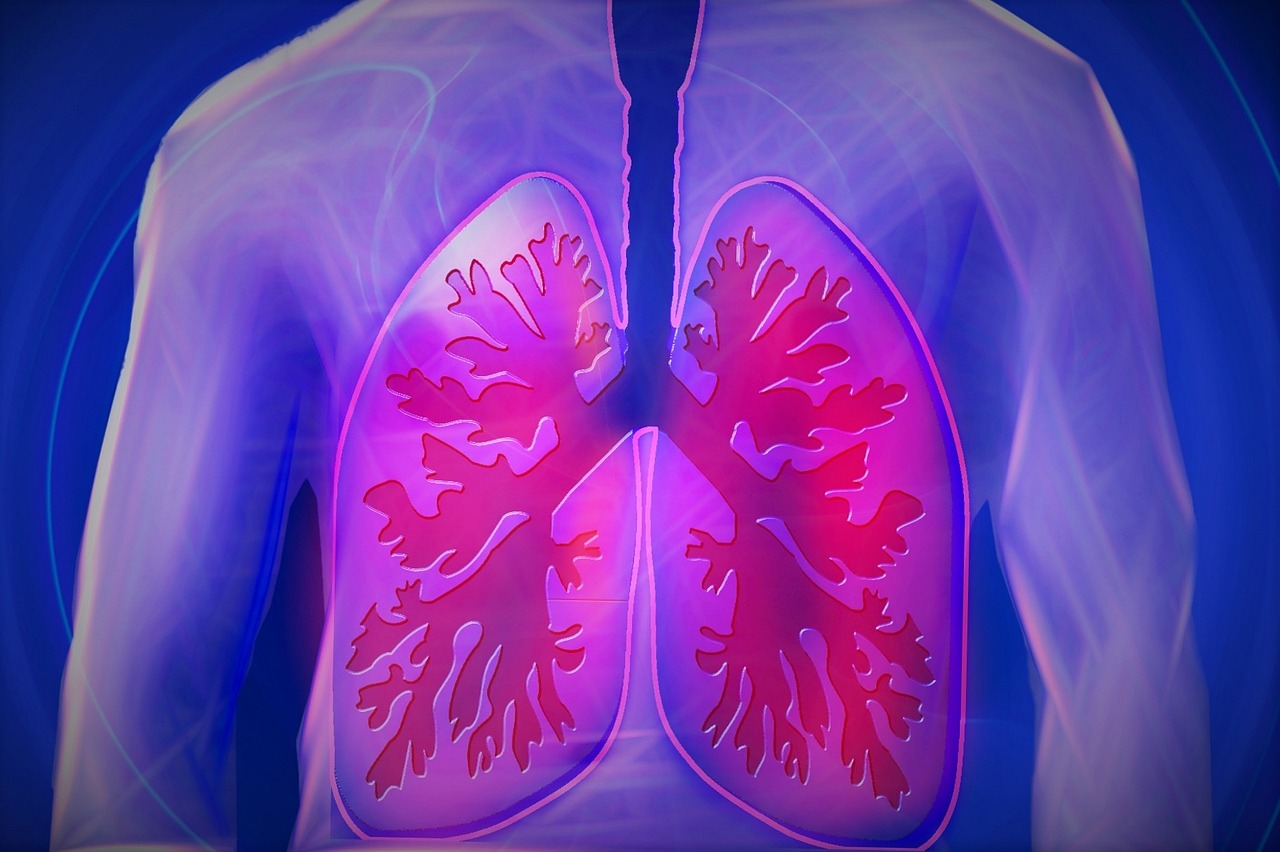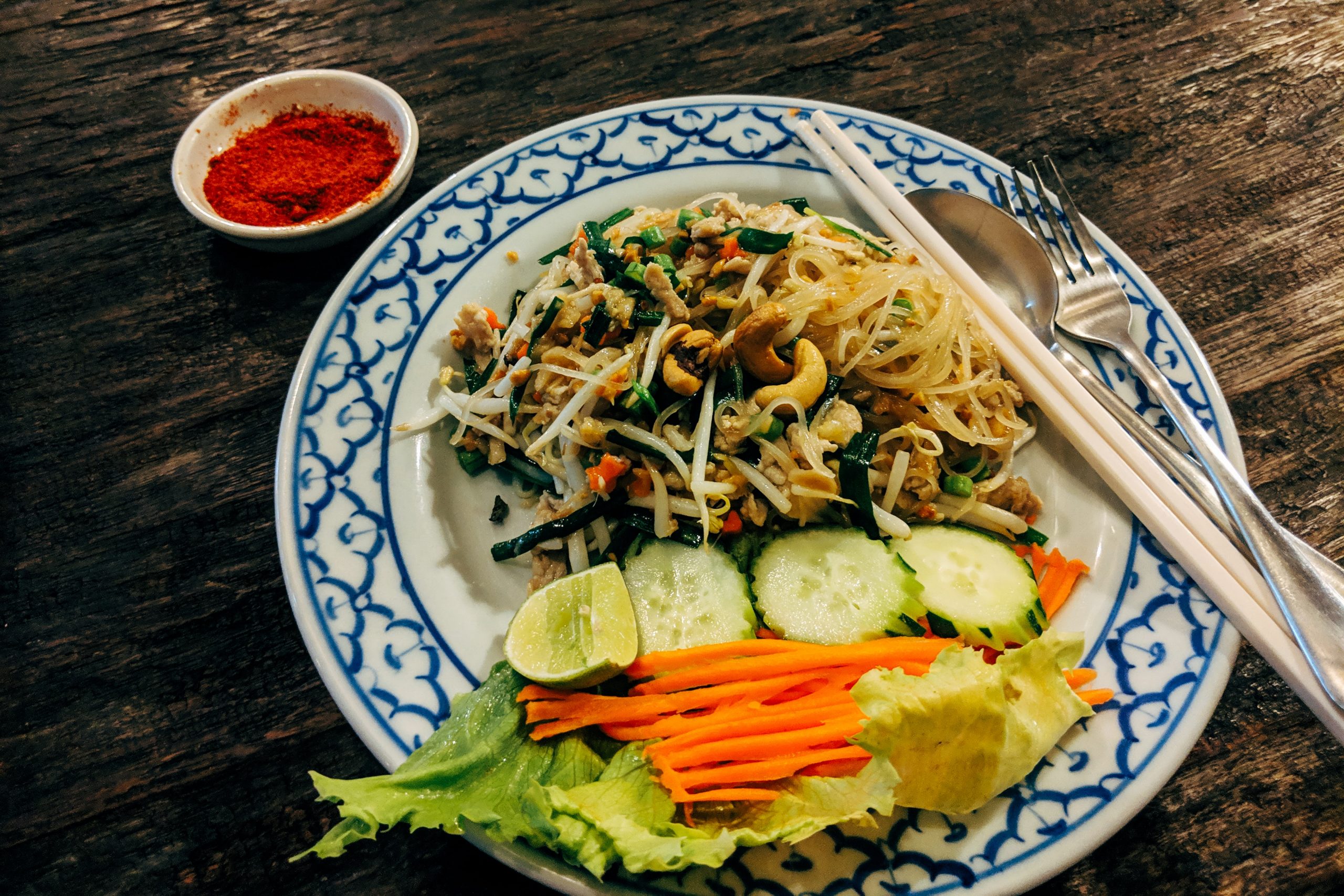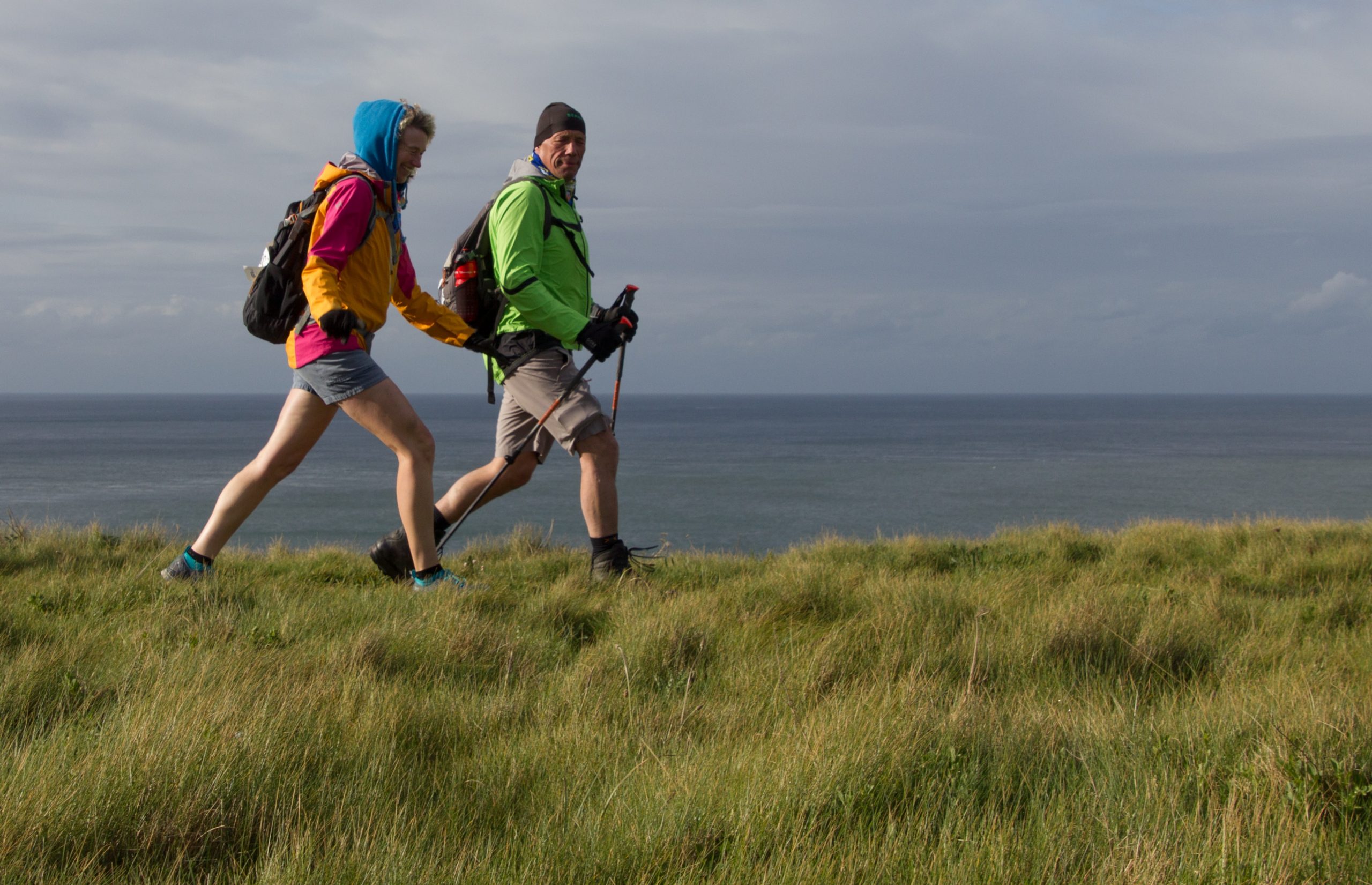Rehabilitating Immunity after Pneumonia
Pneumonia is a severe and frequent disease characterized by the inflammation of the lung tissue involving lung vesicles usually caused by an infection.
There are three stages of pneumonia progress that all patients undergo, each stage with its characteristic symptoms and clinical manifestation.
The stages of pneumonia progression are as follows:
Onset of pulmonary fever
The first symptom of the disease is the increase of the body temperature (37 – 37.5°C). In the first twenty-four hours, the body temperature quickly grows to 38 – 39 degrees and higher. Other important symptoms of the beginning of the disease are the cough and pains in the chest. The cough sets on from the very first days of illness. It starts as dry, persistent cough. Due to constant irritation and stress in the rib cage, there appear characteristic pains in the retrosternum.
Eruptive phase
During this phase, the body intoxication symptoms increase, the temperature of the body remaining high. Pain is most intense when attempting deep breaths, coughing or trying to bend the body to the aching side. Cough remains persistent during the eruptive phase, too.
Resolution

In the solution phase, all symptoms of the pneumonia are going down. The body temperature normalizes, and the signs of the body intoxication disappear. The cough subsides, the sputum becomes less viscous and discharges easily. Pains in the chest appear only with sudden movements or with bouts of coughing. Breathing normalizes, too, but there remains some shortness of breath under regular exercise.
The acute period of pneumonia lasts for about two weeks – the rehabilitation can take up to six months. Rehabilitation is a slow process resulting from a serious weakening of the immune system. The function of all protective mechanisms in the lungs and the bronchi is severely impaired; besides, the lungs need to clean from the decay products of disease agent cells and dead defense cells, toxins, and so on.
The process of convalescence is also complicated by the fact that treatment with antibiotics causes intensive production of fungi and opportunistic pathogenic microflora.
Rehabilitation of the immunity after pneumonia is a complex task that needs to focus on the entire body.
1. Healthy Diet. It is advisable to abstain from spicy and fried foods: they might have an adverse effect on the function of the gastrointestinal tract. Fresh fruit, vegetables and berries are recommended as well as cereals (semolina, buckwheat, and barley), pasta, lean meat and fish. Dairy products may include cottage cheese, buttermilk, kefir, and unsweetened yoghurt. Keeping the sugar intake low is good; however, fruit paste, jams, preserved fruit, and honey are OK. Patients should drink at least 1.5 liters of water every day, and replace coffee, carbonated drinks and strong tea with fruit and berry infusions or kissels (starch-thickened fruit and berry drinks). To increase the treatment effect, patients are advised to drink infusions based on medical herbs.

2. Healthy sleep is most important for restoring immunity. This includes sleeping in the night (the ‘slow sleep’ phase should be at least 1-1.5 hours and can be checked with a smart watch or a fitness band), and during the day. In the daytime, 15-20 minutes of sleep after lunch will be enough. In the night, going to bed should be no later than at 10 p.m., and the bedroom should be aired well.
3. Moderate exercise. Walking or swimming are the best exercises, and the patients are advises to monitor their heart rate: it should not increase more than by 20 bpm. Walking and jogging should be outdoors whenever possible. Clothing and footwear should be seasonal – not too warm and not too light either, which is equally important for children and adults alike.

4. No smoking or alcohol. Lungs are the natural target that the tobacco smoke hits and one of the major organs that discharges the ethanol decay products from the body. Weakened by the disease, lungs are most vulnerable to these harmful factors.
5. Health resorts. To make sure the good effects of the treatment remain, one may visit a health resort. Most popular are those in pinewoods, on the Black Sea coast, or in Crimea. Rehabilitation should take place in a warm season. Staying in a health resort should include physiotherapy procedures such as
• Chest massage;
• Remedial gymnastics;
• Microwave therapy;
• Inhalations with alkaline solutions;
• Ultrahigh frequency therapy;
• Medical ionization.
6. Breathing exercises require special attention. Exercising the breathing system using the “Samozdrav” exerciser will be an excellent rehabilitation tool after pneumonia in the period following the medication therapy. Increasing the levels of carbon dioxide in the body will assist improvement of gas exchange in the lungs, improvement of efficient blood circulation, gas transport and oxygen delivery to the organs and tissues.

